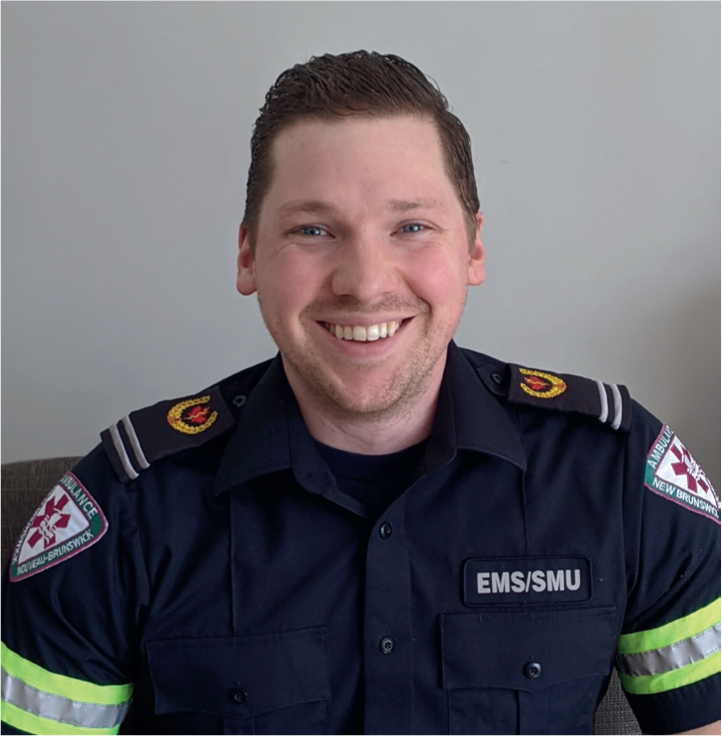
Currently, I work in Northern Saskatchewan—a Midwestern Canadian province. I am based out of a small remote northern hospital that primarily services several first nation communities and uranium mining operations. The emergency room is staffed by a family doctor, a registered nurse, and a paramedic. These communities are ‘fly-in only’ for most of the year, though there are ice roads for several months in the winter that make for a 13-hour drive (if weather is good) to the nearest city. Average temperatures in the Hamlet of Stony Rapids Saskatchewan vary from 22oC in the summer to -30°C in the winter, with many nights dipping below -40°C. Just recently, we started a true ambulance service in our health region, but I am dedicated to the hospital and am made available for fixed wing medivacs. It was an odd journey to get to this corner of the globe, but I am blessed to be here.
I took my initial paramedic training in the eastern Canadian provice of New Brunswick. Once licensed as a Primary Care Paramedic (this is the scope the majority of medics in Canada function at), I worked in a traditional ambulance role within the province. Like many medics, the unpredictability kept me interested and excited to go to work each day. I knew that I wanted to learn more, and as an ignorant 20-somthing, I needed more education. I proceeded to take my Advanced Care course, and finished just in time to learn that advanced life support (ALS) care would not be coming to my home province anytime soon. As a fresh-faced ALS provider, I knew I would need to gain experience and sharpen my skills, lest they be lost forever. My wife (who was pregnant with our first child) and I chose to pull up our roots and move 4000 kilometres away from anything we had ever known. We now lived in a small Saskatchewan town, with a busy ground ambulance service. It was the perfect place to learn as transport times allowed you to really mange patients, and the call volume facilitated a wide variety of patient interactions. For several years, I worked happily, but the schedule and on-call time began to affect me. I had lost the zeal for the job and I realised a change in pace was needed.
Three years after uprooting my small family, I accepted a position at a rural hospital in Saskatchewan. The province staffs paramedics in ‘Collaborative Emergency Centers’, to allow facilities to offer emergency room service, despite not having a physician on site. As a paramedic looking to broaden my horizon, this was an exciting change. Getting to manage patients suffering from minor ailments, needing postoperative treatment or wound care, and with primary health needs, all required a vastly different approach than your traditional ambulance call. I loved learning and growing in this environment, and still got enough of the truly ill, and injured, to satiate that need. This lasted for a year and a half before I received an offer to work in a similar position, but in a remote community, that would allow me to become a flight medic on the side.
Now I work for the Athabasca Health Authority. My schedule is 2 weeks in the north and 4 weeks home. While in the basin, I am on-call for the entirety of my stay, for flights, and times when the emergency room (ER) is overrun.
The cold and remoteness of the position makes for some interesting situations. Often we are unable to get medication or equipment shipped up due to weather, and we must improvise with what we have on hand. Patients need to be packaged and transported in interesting ways as intravenous (IV) lines, catheters, vent tubing, even wires, are likely to freeze, break, or degrade in temperatures in the -40s. Also, as the only hospital for hundreds of kilometers, we get to oversee many of the public health initiatives, such as vaccinations, and tuberculosis clinics. Working here has made me appreciate the non-emergent and remote side of medicine. It has also expanded me as a professional—and as a person.

